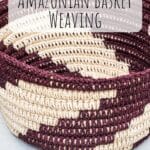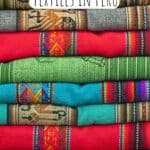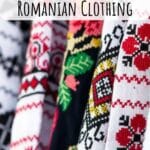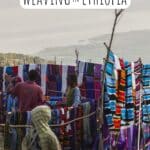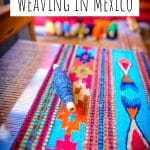A Brief History of Andean Textile Arts
The Andean region of South America, known for its breathtaking landscapes and rich cultural heritage, has a long history of textile arts. From the ancient civilizations of the Incas to modern-day indigenous communities, Andean textiles reflect not only artistic skill but also deep cultural and spiritual significance. These textiles, woven with natural fibers and vibrant colors, tell stories of the land, the people, and their traditions, offering a glimpse into the history of one of the world’s most iconic regions.
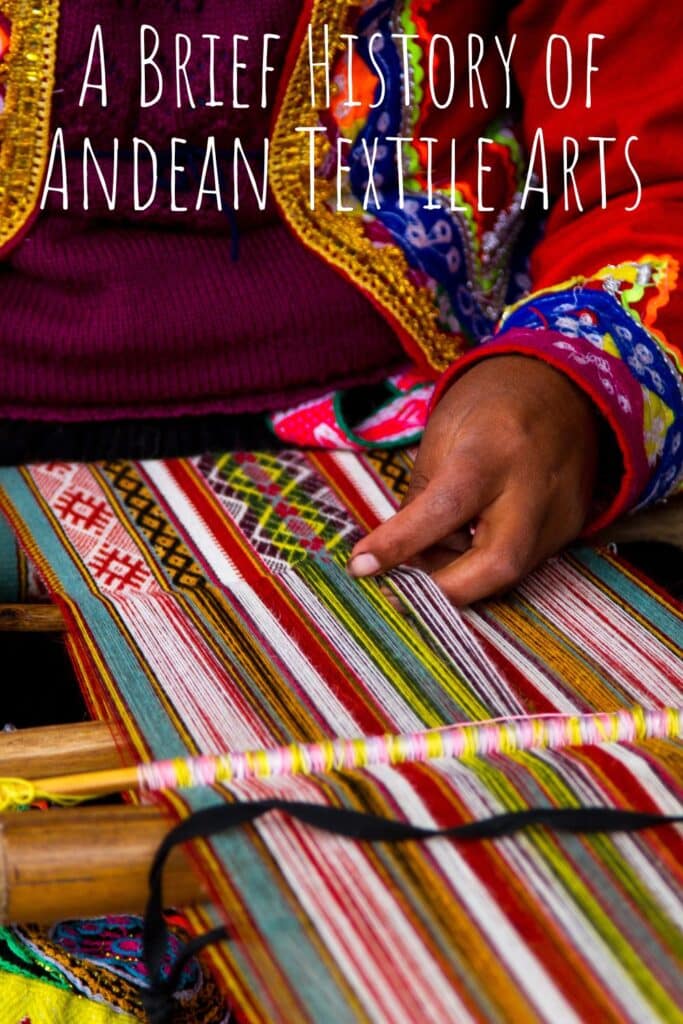
The Origins of Andean Textile Arts
Textiles have been an integral part of Andean cultures for over 5,000 years. The earliest evidence of weaving in the Andes dates back to around 3,000 BCE, with the first use of cotton and alpaca fibers by the Norte Chico civilization in present-day Peru. As early as 1,000 BCE, the region’s indigenous peoples began to weave more complex textiles using a variety of fibers, including cotton, alpaca wool, and llama wool. These early textiles were primarily used for clothing and ceremonial purposes, with patterns and designs that reflected the natural world and the spiritual beliefs of the people.
The Inca Empire, which flourished between the 15th and early 16th centuries, is perhaps the most well-known civilization to utilize Andean textiles. The Incas were known for their exceptional weaving techniques, which included intricate patterns that represented various aspects of their society, from social status to religious symbols. The Incas’ mastery of textile arts was so advanced that they were able to create textiles that were both functional and aesthetically stunning. These textiles were not only used for clothing but were also important as offerings in religious ceremonies and as gifts to the empire’s elites.

Cultural Significance of Andean Textiles
In the Andes, textiles have always been more than just functional objects—they are carriers of cultural knowledge and identity. For indigenous Andean communities, weaving is a sacred practice that connects them to their ancestors and to the natural world. Each thread woven into a textile is imbued with spiritual significance, and the process of weaving is often seen as a form of storytelling. The motifs and patterns used in Andean textiles convey important cultural symbols, from the natural elements like the sun, moon, and mountains, to symbolic representations of life cycles, fertility, and ancestral spirits.
Textiles also play an essential role in social life. In many Andean communities, the wearing of specific textiles can signify one’s social status, age, or role within the community. The intricacy of a person’s clothing, the colors used, and the type of textile can indicate whether an individual is from a wealthy family or holds an important social position. For example, the finest textiles were typically reserved for the Inca elite and used in ceremonial contexts, while the common people wore more utilitarian garments made from simpler fabrics.
In addition to their social and spiritual meanings, Andean textiles have long been a way for indigenous people to maintain cultural traditions. The techniques and designs have been passed down through generations, often by women who serve as the primary weavers in many Andean cultures. This passing of knowledge is integral to the preservation of indigenous languages, stories, and ways of life.
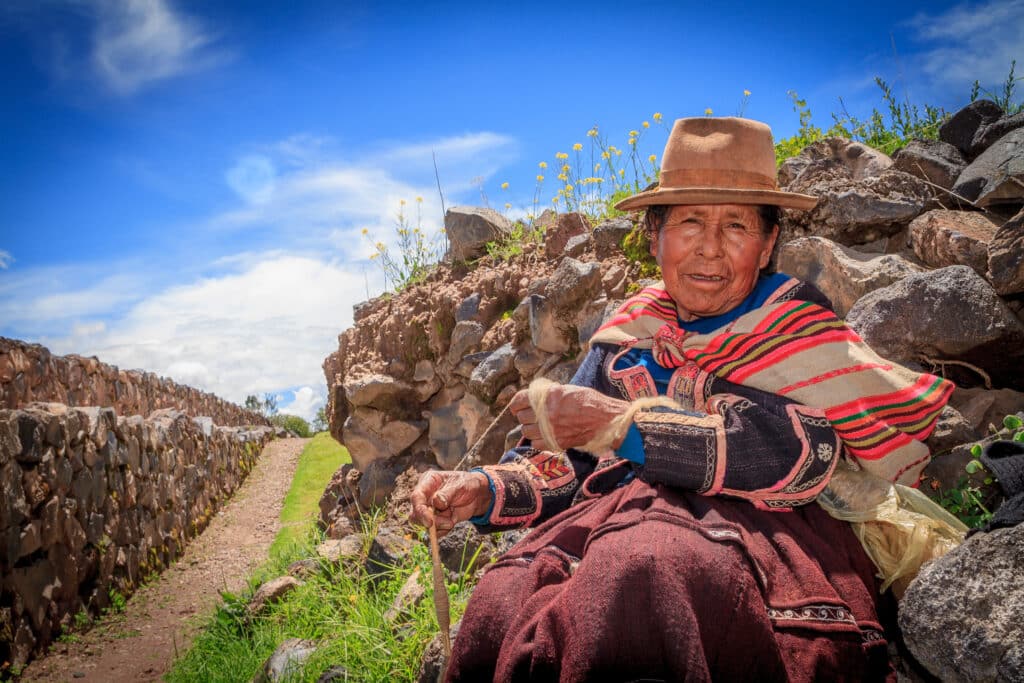
Textile Techniques and Materials
The diversity of natural fibers in the Andean region has played a crucial role in the development of textile arts. Alpaca, llama, and vicuña wool are prized for their softness, warmth, and durability, while cotton was also widely cultivated and used by ancient Andean cultures. The Incas and their predecessors used these materials to create textiles that were both functional and highly decorative.
One of the most famous techniques of Andean weaving is the use of the backstrap loom, which is still used by many indigenous communities today. This simple yet effective loom allows the weaver to create intricate patterns with great precision. The loom is anchored by one end to the weaver’s body, and the other end is attached to a stationary object, such as a tree or a wall. The weaver’s body movements, combined with the tension in the loom, create the precise weaving patterns that are characteristic of Andean textiles.
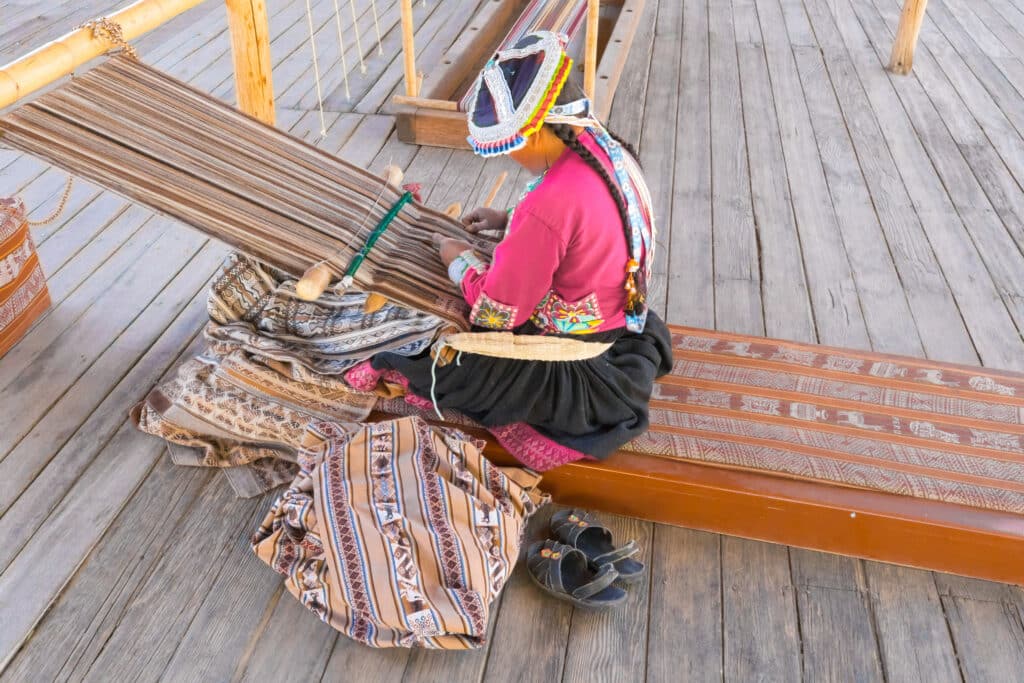
In addition to the backstrap loom, the Andean people also employed techniques such as ikat (a dyeing process where the threads are dyed before weaving) and embroidered motifs, which further enriched their textile creations. The use of bright, natural dyes from plants, insects, and minerals is another distinguishing feature of Andean textiles. Common colors in Andean weaving include reds, yellows, blues, and earth tones, often achieved through complex dyeing processes that have been passed down for centuries.
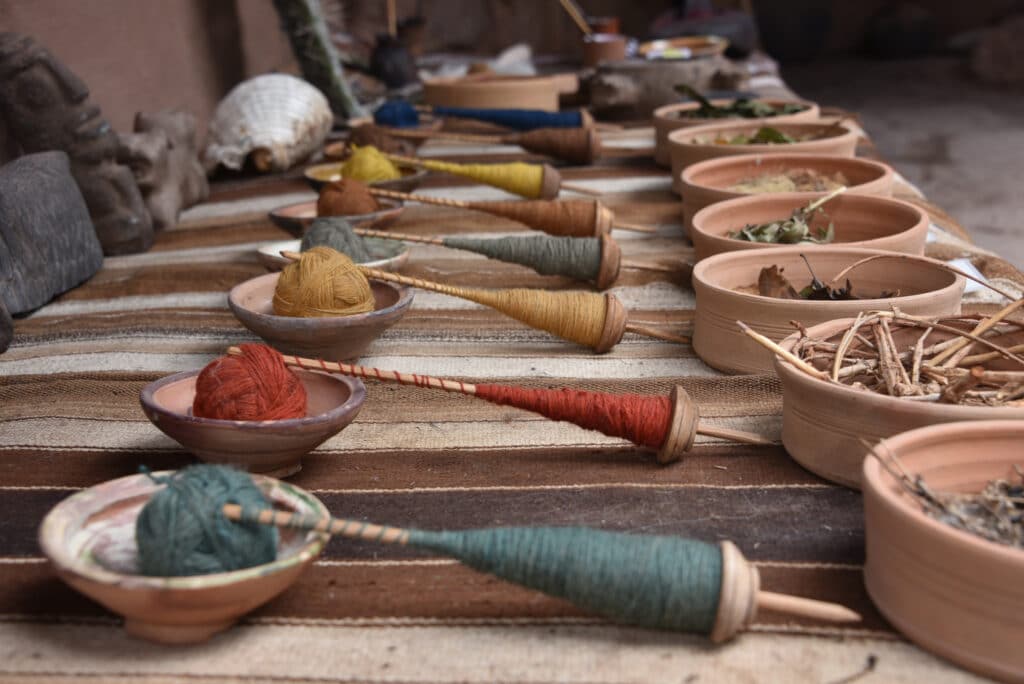
Historical Relevance of Andean Textiles
Throughout history, Andean textiles have been closely linked to the social, political, and economic structures of the region. During the Inca Empire, textiles were used as a form of tribute and taxation, with the empire demanding high-quality textiles from its provinces. These textiles were then distributed to the nobility or used as offerings to the gods. In fact, the Incas created an extensive road system to facilitate the transportation of these valuable goods, making textiles one of the empire’s most important commodities.
The arrival of Spanish colonizers in the 16th century marked a significant turning point for Andean textiles. While many traditional weaving practices were suppressed or altered, indigenous communities in remote areas continued to maintain their weaving traditions. In the centuries that followed, Andean textiles became a symbol of resistance to colonial rule, with indigenous peoples using their textile art as a way to assert their cultural identity.
In the modern era, Andean textiles have evolved but continue to hold strong cultural significance. The practice of weaving is still deeply ingrained in many Andean communities, with textiles playing a central role in daily life and in the celebration of traditional festivals. Today, Andean textiles are celebrated not only for their beauty but also for their connection to the rich cultural heritage of the Andes.
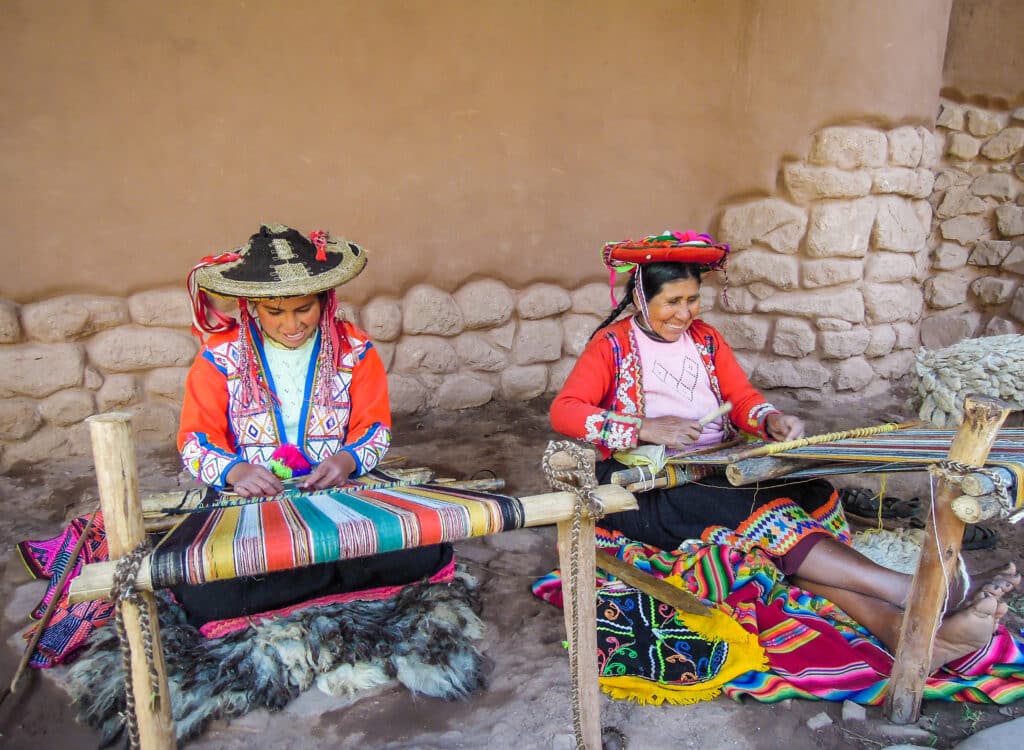
Where to Experience Andean Textiles Today
For those interested in experiencing Andean textile arts in person, several regions and locations are notable for their vibrant textile traditions.
Cusco, Peru:
As the former capital of the Inca Empire, Cusco is home to a thriving textile industry. Visitors can explore local markets, such as the San Pedro Market, where artisans sell handwoven textiles made from alpaca and llama wool. The Centro de Textiles Tradicionales de Cusco is a great place to learn about traditional weaving techniques and the cultural significance of Andean textiles.
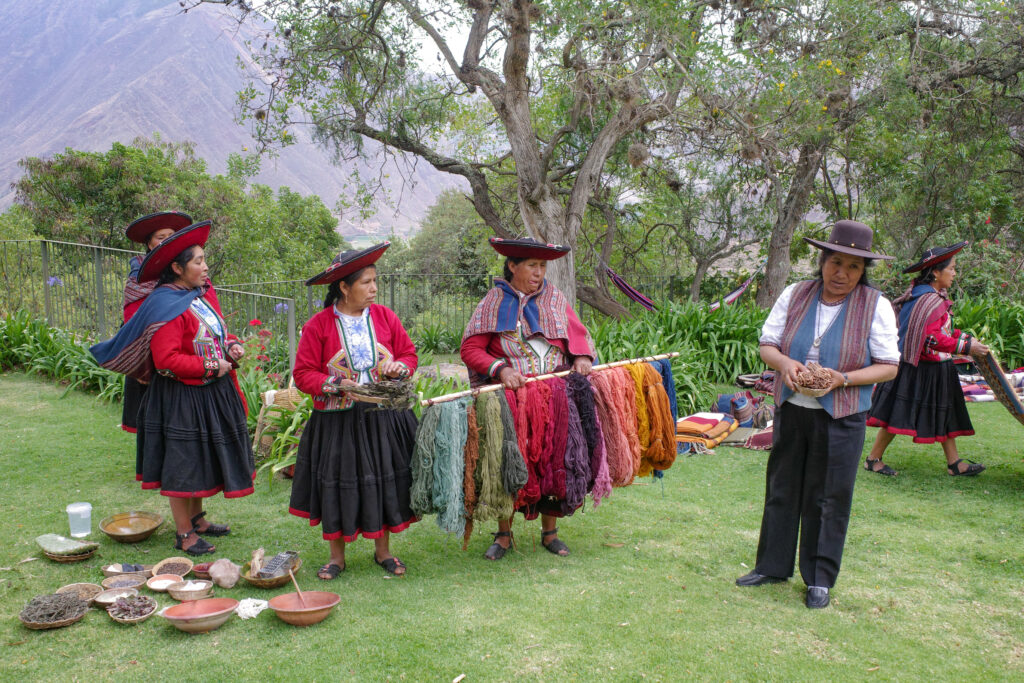
Chinchero, Peru:
Known for its beautiful handwoven textiles, Chinchero is a small town in the Sacred Valley of the Incas. Visitors can visit local weavers who use traditional backstrap looms to create stunning textiles, and some workshops even offer hands-on weaving experiences.
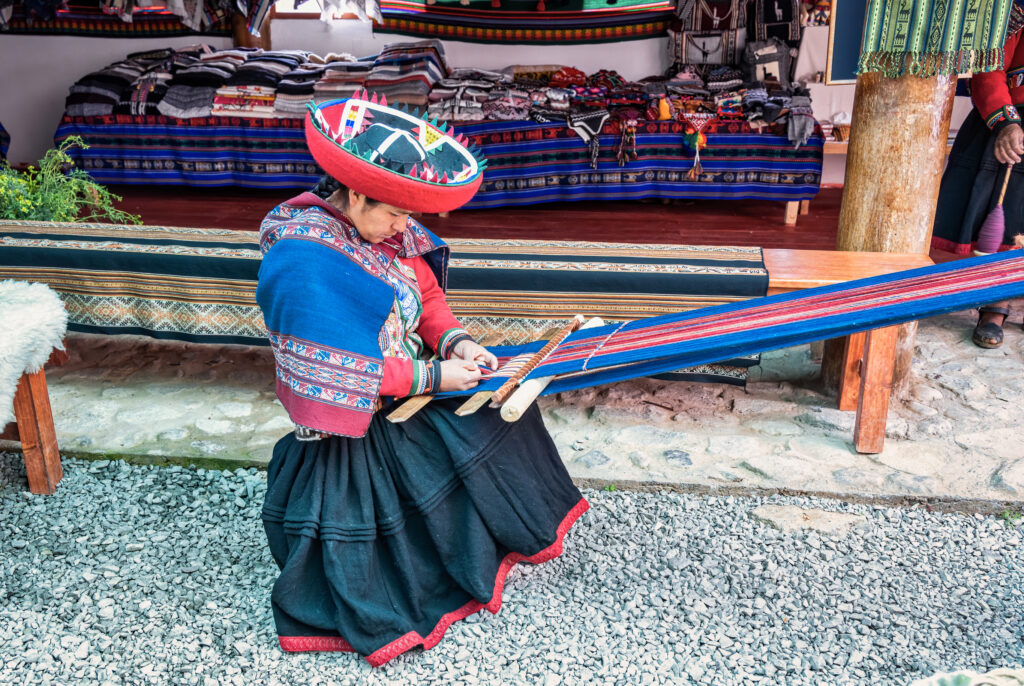
Quito, Ecuador:
Ecuador is known for its indigenous textile traditions, particularly in the Otavalo region, where vibrant textiles made from wool and cotton are woven into intricate patterns. The Otavalo Market is a popular destination for purchasing authentic textiles, including ponchos, scarves, and bags.
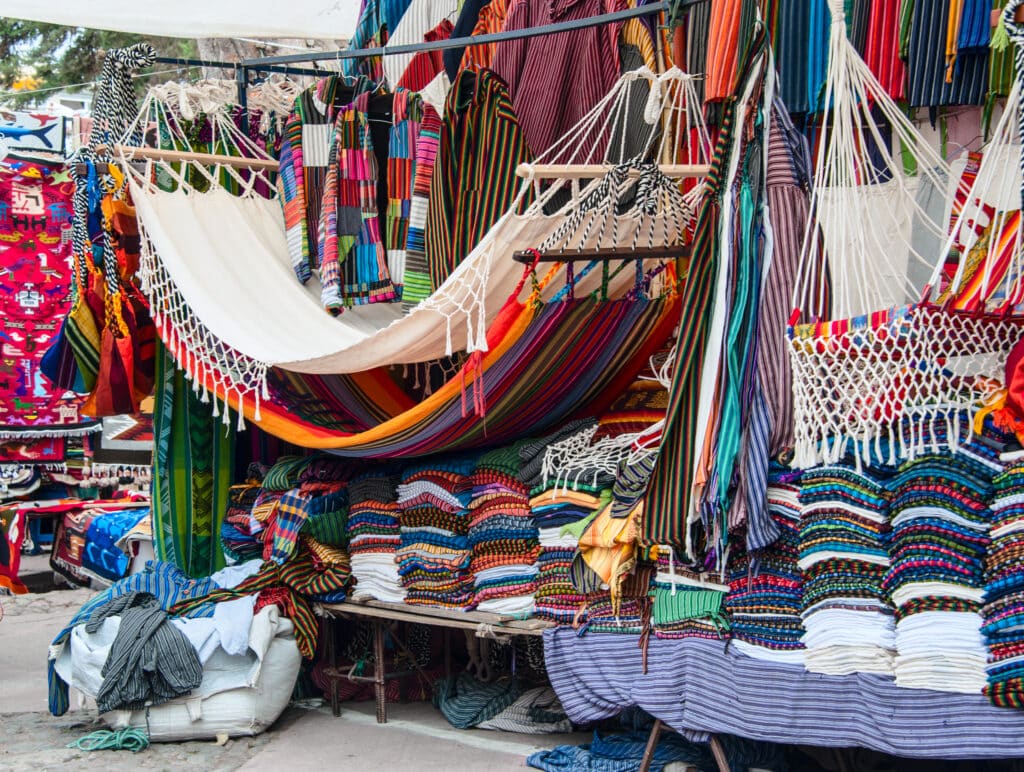
La Paz, Bolivia:
Bolivia is home to the Aymara and Quechua peoples, who continue to practice traditional textile arts. The Mercado de las Brujas (Witches’ Market) in La Paz is a great place to find handmade textiles, including the colorful woven blankets known as cholos.
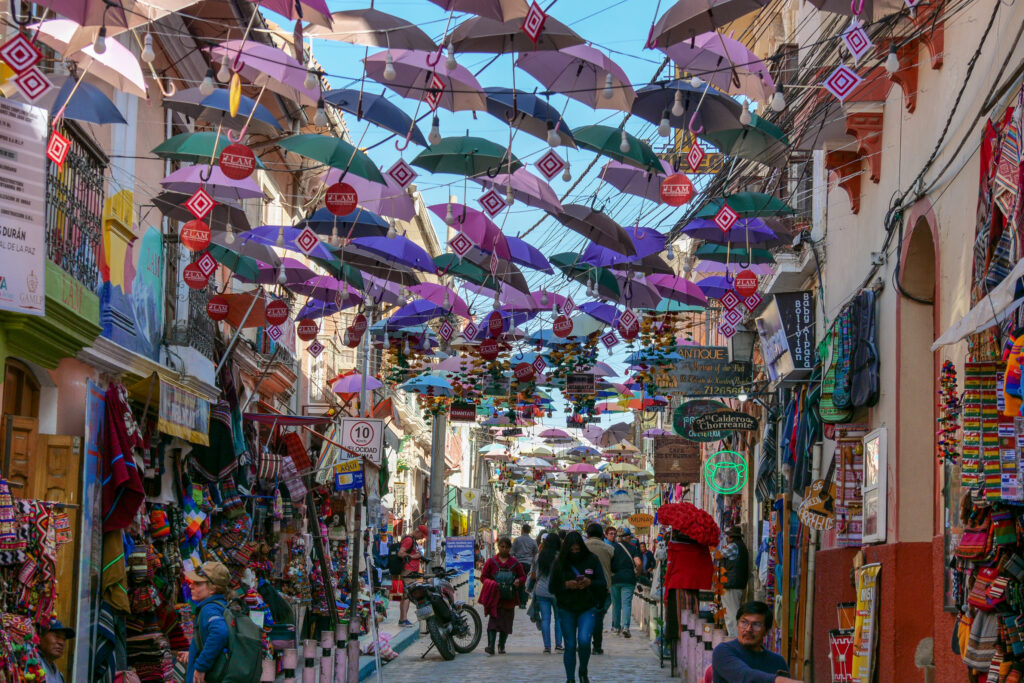
Andean textile arts are not just beautiful works of craftsmanship—they are living symbols of cultural heritage, identity, and history. From the ancient practices of the Incas to the modern-day traditions of indigenous communities, these textiles continue to tell the story of the Andes. Whether you are visiting the highlands of Peru, Ecuador, or Bolivia, or simply learning about these arts from afar, Andean textiles offer a unique glimpse into one of the world’s most fascinating cultures.
